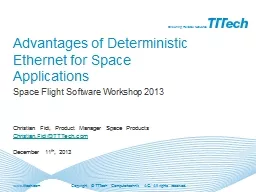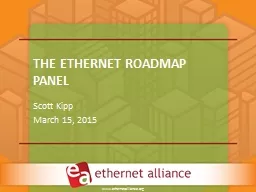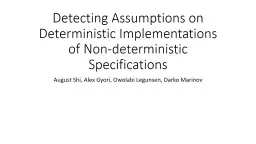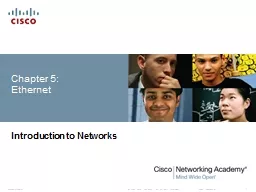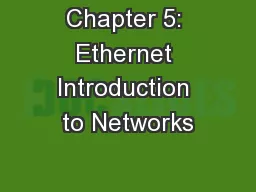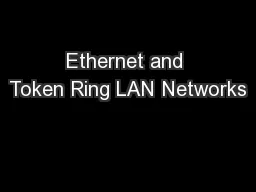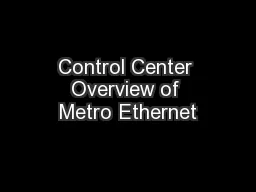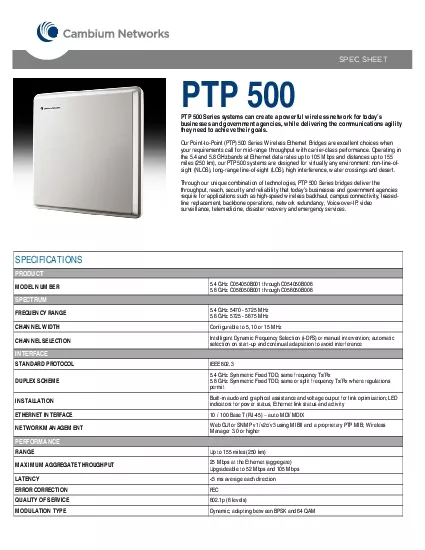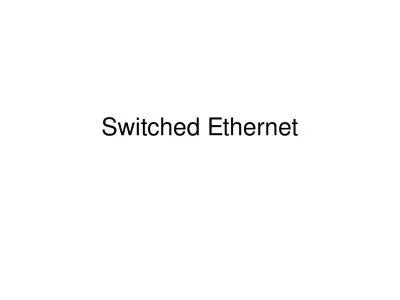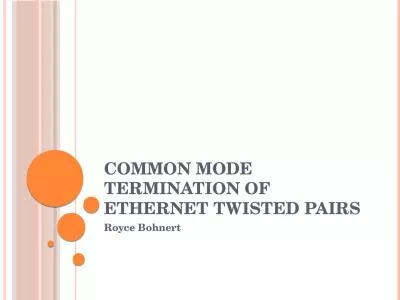PPT-Advantages of Deterministic Ethernet for Space Applications
Author : tatyana-admore | Published Date : 2016-05-12
Space Flight Software Workshop 2013 Christian Fidi Product Manager Space Products ChristianFidiTTTechcom December 11 th 2013 Ethernet a Worldwide Standard
Presentation Embed Code
Download Presentation
Download Presentation The PPT/PDF document "Advantages of Deterministic Ethernet for..." is the property of its rightful owner. Permission is granted to download and print the materials on this website for personal, non-commercial use only, and to display it on your personal computer provided you do not modify the materials and that you retain all copyright notices contained in the materials. By downloading content from our website, you accept the terms of this agreement.
Advantages of Deterministic Ethernet for Space Applications: Transcript
Download Rules Of Document
"Advantages of Deterministic Ethernet for Space Applications"The content belongs to its owner. You may download and print it for personal use, without modification, and keep all copyright notices. By downloading, you agree to these terms.
Related Documents

